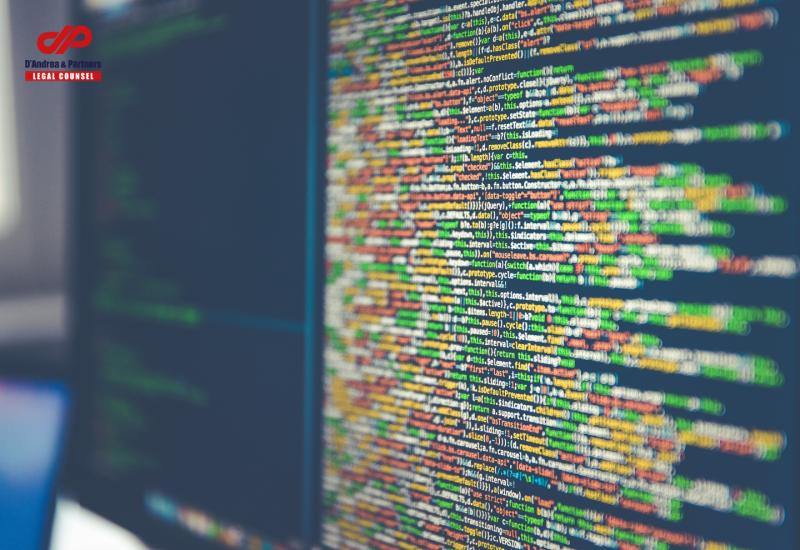In recent years, China has aimed to overcome its reputation for being a hub for food safety violations, however, with the emergence of the e-commerce sector, compliance and enforcement will mean it may still continue to be an issue moving forward into the future. However, China has recently been at the forefront of technological advances in food traceability as new opportunities for international cooperation and legislative changes seek to alter the future of food safety in China.
A History of Unfortunate Incidents
Food safety is an issue that affects the public health of everyone in China. The world has seen a number of food safety scares in recent years, such as the outbreak of Escherichia coli in Europe and of Salmonella in the US, the melamine tainted milk scandal of 2008, or the panic which arose when it was found that vinegar was contaminated with antifreeze (reportedly claiming the lives of 11 people).
The legislative response
A growing number of middle-class Chinese citizens became increasingly concerned about food safety, leading to poor consumer confidence in domestically made products. The short-term solution was to import foreign-made products, such as baby formula from Australia and beef from Ireland.
In order to re-stimulate the consumption of domestically produced goods, regulatory reform was deemed vital. The revised Food Safety Law was passed by the Chinese Executive Committee on 24th April 2015 and amended again according to the Decision of the Standing Committee of the National People’s Congress on Amending Five Laws Including the Product Quality Law of the People’s Republic of China adopted at the Seventh Session of the Standing Committee of the 13th National People’s Congress on December 29, 2018. The Food Safety Law in recent years has brought about more stringent regulatory controls on Chinese food companies and increased oversight over the entire supply chain, effectively improving safety measures for food production and traceability.
Many provisions in the Food Safety Law consolidate and expand on pre-existing food safety restrictions, while also containing more severe penalties. Local and regional regulatory food safety bodies have been imbued with more authority to set harsher penalties for food safety violations and provide more guidance in the manufacturing and production process. More attention has been paid to food products that have recently seen degrees of scandal (e.g. baby formula ingredients must now be registered with the provincial-level Food Department Authority). The Food Safety Law also takes e-commerce online food distribution into account making it subject to the same regulations that are tailored to more traditional channels of distribution.
New Avenues of Traceability
In the past few years, there have been examples of less-traditional means of tackling food safety issues, as a number of companies have turned to blockchain technology to restore consumer faith.
The global tech-giant IBM, in conjunction with Walmart and experts in safety transaction security and authentication technology from Tsinghua University, aims to harness blockchain technology to improve food traceability and authentication and record keeping along a producer’s supply chain – providing a permanent record of every transaction.
Blockchain, is most commonly associated with the crypto-currency Bitcoin, as it is used to record every transaction to ensure that consumers are using the currency correctly. Once this information is recorded and publicised it cannot be changed, thus ensuring an extra layer of security.
By utilising this technology in food traceability, blockchain will enable the digital tracking of food products from farm to table (i.e. from the suppliers to the consumers). It will digitally connect food items to their digital product information by providing information, such as origination details, batch numbers, factory and processing data, expiration dates, storage temperatures, and shipping details, among other types of data. All of this information will be entered into the blockchain at each step of the shipping process. The information on each transaction is agreed upon by all members of the particular business network, and once there is a consensus, the record of each transaction becomes permanent and this in turn assures that the item’s information is accurate.
China’s e-commerce platforms have followed suit, with JD.com, the country’s second largest e-commerce platform, and the Inner Mongolian-based beef manufacturer Kerchin utilising blockchain technology to track the production and shipping of frozen beef.
Collaboration efforts in tackling food fraud
Food fraud is estimated to cost euros (EUR) 46 billion globally each year and is expected to rise. In an effort to tackle such issues, a EUR 10 million grant was given by the European Horizon 2020 program and the China’s Ministry of Science and Technology to establish the EU-China-Safe project, which consisted of 33 members (15 based in the European Union (EU) and 18 in China).
These members, which include many governmental agencies, research and development-based organisations and major players in the food industry, will be tasked withimproving food legislation, inspection, training and transparency, and facilitating trade between the EU and China.
State-of-the-art technologies will be available to improve food detection and safety across the trading regions. Some examples of which include a EU-China Joint Laboratory Network, collaborative surveillance systems, new traceability tools, advanced use of blockchain technology and new efforts in fraud prevention.
Conclusion
In order to address food safety and traceability issues, along with the realities of the global market, China must finally crack down on domestic violators in the food industry and engage in international collaboration to improve best practices and restore the trust of Chinese consumers. With China’s rapid adoption of technology, such as blockchain and the Internet of things (IoT), it is reasonable to expect that in the future there will be a lower barrier to complying with food safety standards in China especially as the costs of adopting technology are reduced over time.
Finally, it is worth noting the role of the State Administration for Market Regulation, the country’s recently established super-regulator which acts as the chief overseer of China’s market, with a broad mandate to oversee food, drugs, consumer and industrial products, among other things. The functions of the State Administration for Industry and Commerce, the General Administration of Quality Supervision, Inspection and Quarantine, and the China Food and Drug Administration are all incorporated into this new administration and will seek to further improve food safety issues in China moving forward.







